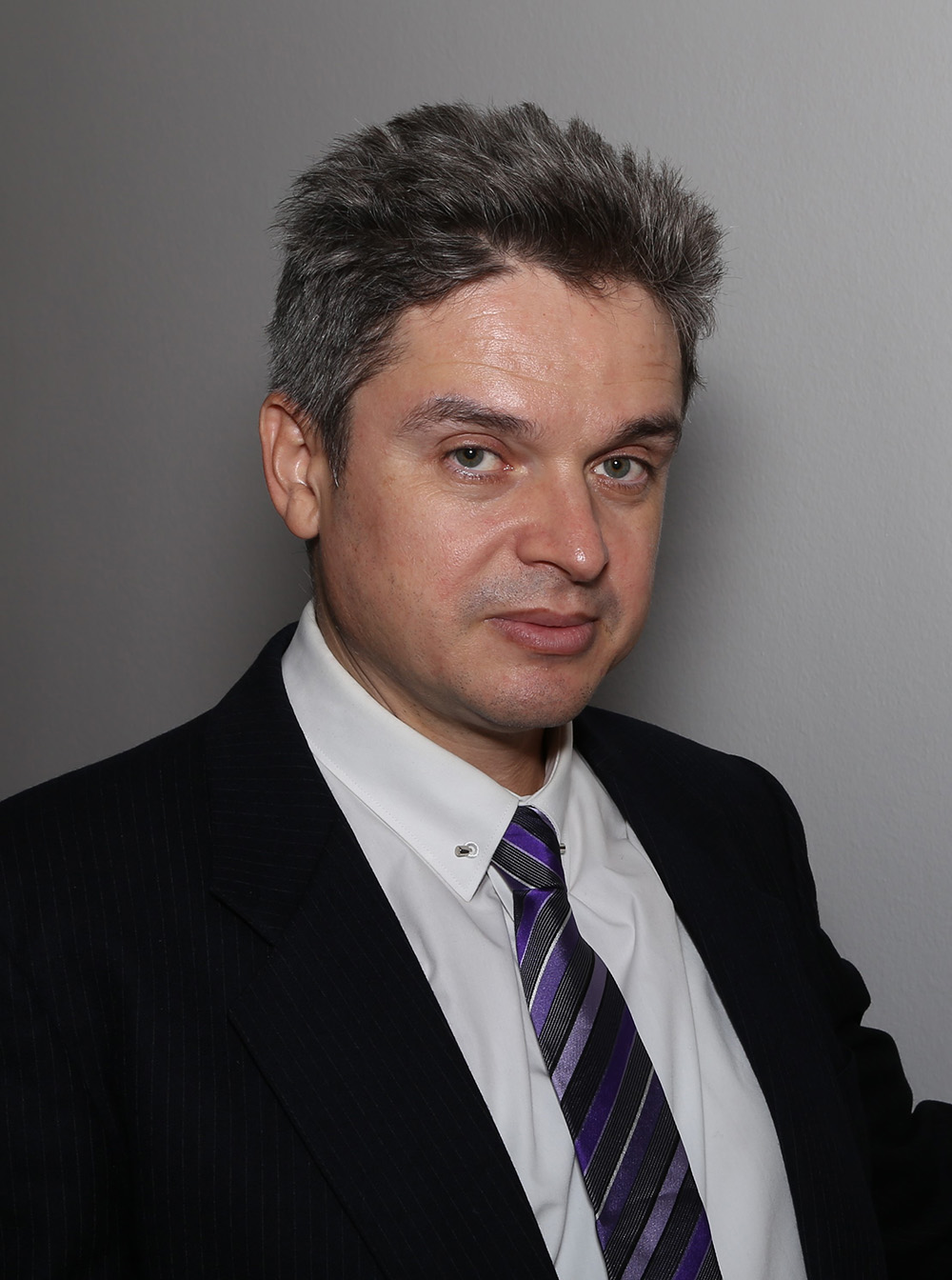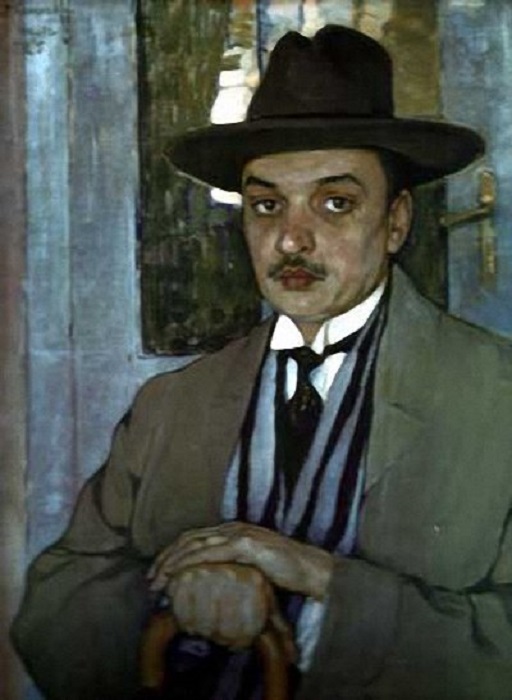Head of the Department: Dr Božidar Jovanović
Secretary of the Department: Marijana Babić
Deputy Head of Department: Dr Ivana Atanasovska

Chairperson: Dr Božidar Jovanović
In 2021, three departments of the Mathematical Institute were established, principally related to the
respective colloquiums of MISANU. The Department of Mechanics has grown out of the
Mechanics Colloquium.
There has been a strong group of researchers in mechanics since the establishment of the Mathematical Institute. This group was led by one of the founders and the first director of the Institute, Academician Anton Bilimović (1879-1970).
Mechanics is said to be at the intersection of mathematics and physics and closely related to engineering sciences. As such, mechanics interacts closely with almost all areas of mathematics. Let us just mention geometry, mathematical physics, the theory of optimal control, dynamical systems, astronomy – it was Professor Bilimović who was the first to translate Euclid's "Elements" into Serbian. There are also applications in various engineering problems. Therefore, the research within the Department of Mechanics is strongly intertwined with the research in other Departments of the Mathematical Institute.
Currently, there are 22 researchers in the Department of Mechanics.
In addition to the
Mechanics Colloquium,
researchers of the Department are active at the
Seminar on Mathematical Methods of Mechanics,
Seminar on CGTA (Combinatorics, Geometry, Topology, Algebra),
Seminar on the Mechanics of Machines and Mechanisms, Models and Mathematical Methods,
Seminar on Geometry,
but also in other seminars, colloquiums and departments of MISANU.
The Centre for Dynamical Systems, Geometry and Combinatorics DSGC-synergy
is also part of the Department of Mechanics.
As an illustration, we present some of the research topics considered within the Department of Mechanics. The topics can be grouped into two broader areas of interest:
1. Classical mechanics, mathematical physics, integrable systems, geometry, discretization and astronomy
- Borislav Gajić and Božidar Jovanović presented the connection between classical mechanics and geometry in a popular way and introduced some of the basic concepts in mechanics using the simple example of the mathematical pendulum. They, also, indicate the profound connection between algebraic geometry and procedures of solving specific problems in mechanics, and they give a description of the elliptic curve: Mechanics, geometry and integrability.
- Vladimir Dragović presented a research topic that relates algebraic geometry and integrable systems with applications to geometry, mechanics, mathematical physics, and combinatorics. The techniques used are primarily based on the synergy between analysis on Riemann surfaces, integrability, isonomodromic deformations, extremal polynomials, potential theory, billiards, and theory of partitions: Polygons and polynomials: geometry, mechanics, and integrability.
- Rade Živaljević and Filip Jevtić, combining elements of mechanics, combinatorics, and toric topology, study the extremal properties of toric triangulations (generalised Tonnetz), the structure of Kantorović-Rubinstein polytopes (the theory of optimal transport), Bier spheres, etc. Within topological combinatorics, configuration spaces (related to the Tverberg and Van Kampen-Flores theorem) are applied to the problem of the existence of equilibrium (envy-free division) in mathematical economics and cooperative game theory: Extremal geometric, topological and algebraic combinatorics.
- Joviša Žunić described the problem of discrete point sets partitions, the fundamental problem in number theory, combinatorics, discrete geometry, Boolean algebras, computer geometry, neural networks, machine learning, shape recognition, and image analysis. The problem of partition encoding is considered, as well as realisation of partitions using several surfaces: Discrete point sets partitions.
- Marina Pavlović and Jovana Petrović work on deciphering some of the still unresolved issues in modern astrophysics. One of them is the mechanisms driving the evolution of radio emission in galaxies in the young universe. Another question is how we can disentangle all different components of the gamma-ray sky and potentially find the signal from annihilating dark matter particles: Astrophysics – from the longest to the shortest wavelengths.
2. Applied mechanics and engineering
- Ivana Atanasovska examines a topic considering complex mechanical systems in conditions of a multiple contact. Very often, elastic properties in contact areas could not be neglected, so the elastic deformations exist in the contact area of each of the two deformable bodies in contact. The finite element method is applied: Dynamics of mechanical systems with multi-body contact.
- Danilo Karličić, Milan Cajić and Stepa Paunović presented a topic that includes: design and analysis of dynamic characteristics of advanced metamaterials and phononic crystals and their mechanical setup, application of various approximate and numerical techniques in the analysis of periodic systems, such as synchronisation, limit cycle oscillations, multistability, basin of attraction and bifurcation: Mechanics of linear and nonlinear periodic structures and systems.
- Slobodanka Boljanović described the problem of preventing the degradation of integrity under dynamic material loadings using computational algorithms that provide a reliable assessment of durability. Mixed mode damages and part-through corner damages are considered: Modelling of fracture toughness under dynamic loadings.
- Andjelka Hedrih presented an oscillatory model of fertilisation at the level of intercellular contact of oocyte and sperm; an oscillatory model of the mitotic – based on a system of coupled oscillators that oscillate with a phase shift, and an oscillatory model of young sidling based on oscillations of a discrete cantilever-like structure with added masses: Biomechanics.
We are devoting a special attention to the training and education of young researchers and the International Belgrade
Summer School of Dynamics was organised in the year in which we celebrate our anniversary:
link.


